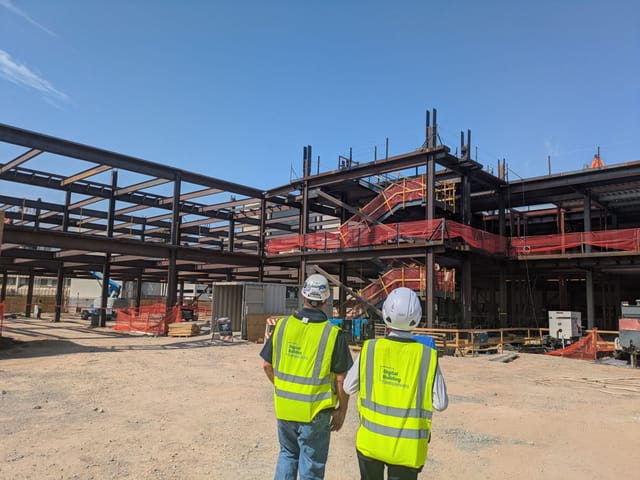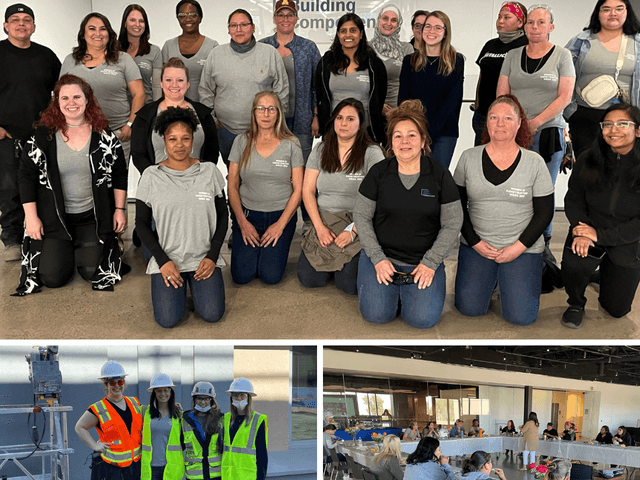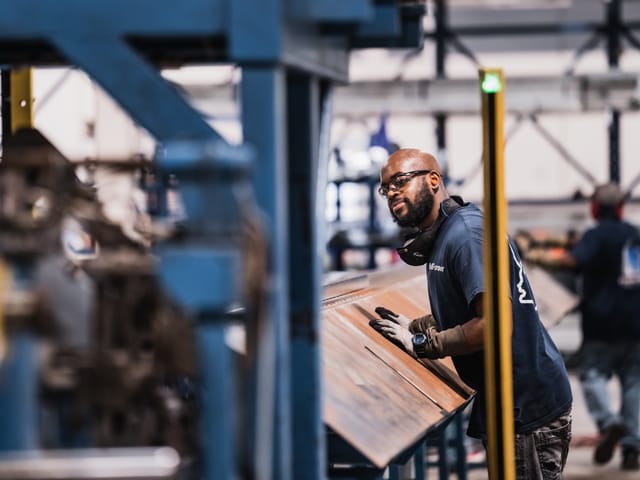From senior living communities to student dormitories and everything in between, commercial and multifamily housing developers understand the important role speed-to-market can play in a project’s success. Delays from weather, material availability and skilled labor shortages can lead to cost overruns and create a negative public perception of the project before it even opens. To ensure faster build times, it’s no surprise developers are turning to the off-site, prefab model to enable concurrent construction. But what many don’t realize is how much the technology behind the modular manufacturing process drives speed.
In the first installment of our “Technology in Construction” blog series, we’ll explore how Digital Building Components’ (DBC) lean manufacturing process made possible by state-of-the-art technology brings unmatched efficiency in the new age of construction. We’ll start by taking a closer look at the advantages of speed-to-market with the assistance of digital fabrication.





